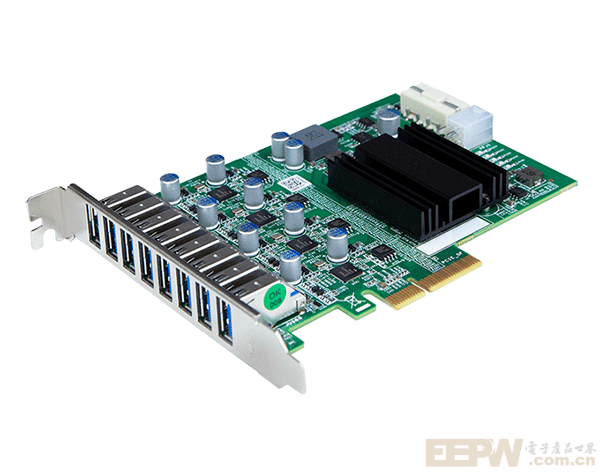C++ 在类里面使用多线程技术
前言
有很多时候,我们希望可以在C++类里面对那些比较耗时的函数使用多线程技术,但是熟悉C++对象语法的人应该知道,C++类的成员函数的函数指针不能直接做为参数传到pthread_create,主要因为是C++成员函数指针带有类命名空间,同时成员函数末尾是会被C++编译器加上可以接收对象地址的this指针参数。因此需要将成员函数做一定的转化,将其转化为不被编译器加上this指针,而由我们自己来为该函数维护”this”指针即可。
举例:
#include <stdio.h>
#include <stdlib.h>
#include <iostream>
#include <time.h>
using namespace std;
class Test
{
public:
int sum=0;
int cnt;
public:
int insert();
};
int Test::insert()
{
sleep(2);
cnt+=1;
}
如上所示,代码声明了一个类Test,假设该类有一个十分耗时的成员函数:insert(),这个求和函数每次执行需要2000ms的时间。对于如此耗时的函数,我们在设计时都会想方法将其设计为线程函数,这样调用者才不会阻塞。
于是我们为其加上多线程:
#include <stdio.h>
#include <stdlib.h>
#include <iostream>
#include <time.h>
#include <unistd.h>
#include <pthread.h>
using namespace std;
class Test
{
public:
int sum=0;
int cnt;
public:
int insert();
void * insert_pth(void*);
void lanch();
};
int Test::insert()
{
sleep(2);
sum+=1;
}
void * Test::insert_pth(void*)
{
insert();
}
void Test::lanch()
{
pthread_t pth;
pthread_create(&pth,NULL,insert_pth,NULL);
}
int main()
{
Test t;
t.lanch();
return 0;
}以上代码通过调用lanch()来创建多线程来执行insert_pth,insert_pth 再调用insert().
但是 这样的代码在编译时即会报错。
pthread.cpp: In member function ‘void Test::lanch()’:
pthread.cpp:30:42: error: invalid use of non-static member function
pthread_create(&pth,NULL,insert_pth,NULL);
只需将insert_pth变化为static函数,同时将insert逻辑代码转移到insert_pth即可
#include <stdio.h>
#include <stdlib.h>
#include <iostream>
#include <time.h>
#include <unistd.h>
#include <pthread.h>
using namespace std;
class Test
{
public:
int sum=0;
int cnt;
public:
int insert();
static void * insert_pth(void*);
void lanch();
};
int Test::insert()
{
sleep(2);
sum+=1;
printf("%d insert.....\n",sum);
}
void * Test::insert_pth(void* __this)
{
Test * _this =(Test *)__this;
sleep(2);
_this->sum+=1;
printf("%d insert.....\n",_this->sum);
}
void Test::lanch()
{
pthread_t pth;
pthread_create(&pth,NULL,insert_pth,(void*)this);
}
int main()
{
Test t;
t.sum=0;
t.lanch();
sleep(5);
return 0;
}总结
使用多线程处理耗时成员函数的步骤:
1. 声明另外一个静态函数:static void XXX_pth(void __this);
该函数与目标成员函数在函数名尽量保持一致
2. 将原成员函数的代码拷贝至void * XXX_pth(void * __this);
在 XXX_pth()开始处将void * __this 转化为 对象的指针 ObjectPoint _this;
将拷贝下来的所有成员变量加上_this->
3. 编写线程启动代码。
注意pthread_create()最后一个参数传入this指针
注意
在 XXX_pth()函数内容不要调用类的其它成员函数,否则成员函数将无法获取正确的指针而操作错误内存,从而导致segmantation fault.
在C++的类中,普通成员函数不能作为pthread_create的线程函数,如果要作为pthread_create中的线程函数,必须是static !
在C语言中,我们使用pthread_create创建线程,线程函数是一个全局函数,所以在C++中,创建线程时,也应该使用一个全局函数。static定义的类的成员函数就是一个全局函数。
更多 参考 http://blog.csdn.net/ksn13/article/details/40538083
#include <pthread.h>
#include <unistd.h>
#include <stdio.h>
#include <stdlib.h>
class Thread
{
private:
pthread_t pid;
private:
static void * start_thread(void *arg);// //静态成员函数
public:
int start();
virtual void run() = 0; //基类中的虚函数要么实现,要么是纯虚函数(绝对不允许声明不实现,也不纯虚)
};
int Thread::start()
{
if(pthread_create(&pid,NULL,start_thread,(void *)this) != 0) //´创建一个线程(必须是全局函数)
{
return -1;
}
return 0;
}
void* Thread::start_thread(void *arg) //静态成员函数只能访问静态变量或静态函数,通过传递this指针进行调用
{
Thread *ptr = (Thread *)arg;
ptr->run(); //线程的实体是run
}
class MyThread:public Thread
{
public:
void run();
};
void MyThread::run()
{
printf("hello world\n");
}
int main(int argc,char *argv[])
{
MyThread myThread;
myThread.start();
//test.run();
sleep(1);
return 0;
}编译运行:
diego@ubuntu:~/myProg/pthreadCpp$ g++ main.cpp -lpthread
diego@ubuntu:~/myProg/pthreadCpp$ ./a.out
hello world
diego@ubuntu:~/myProg/pthreadCpp$
*博客内容为网友个人发布,仅代表博主个人观点,如有侵权请联系工作人员删除。


